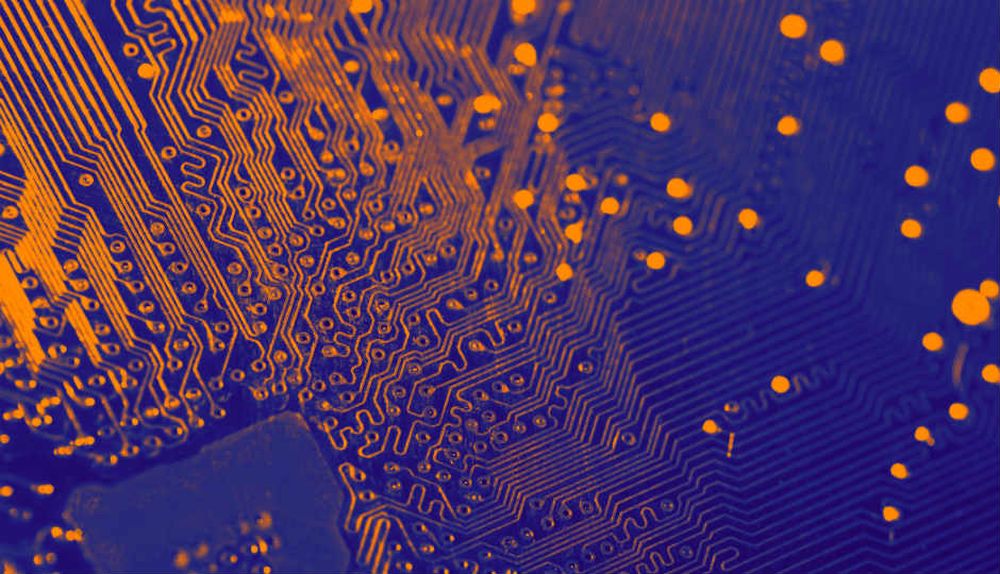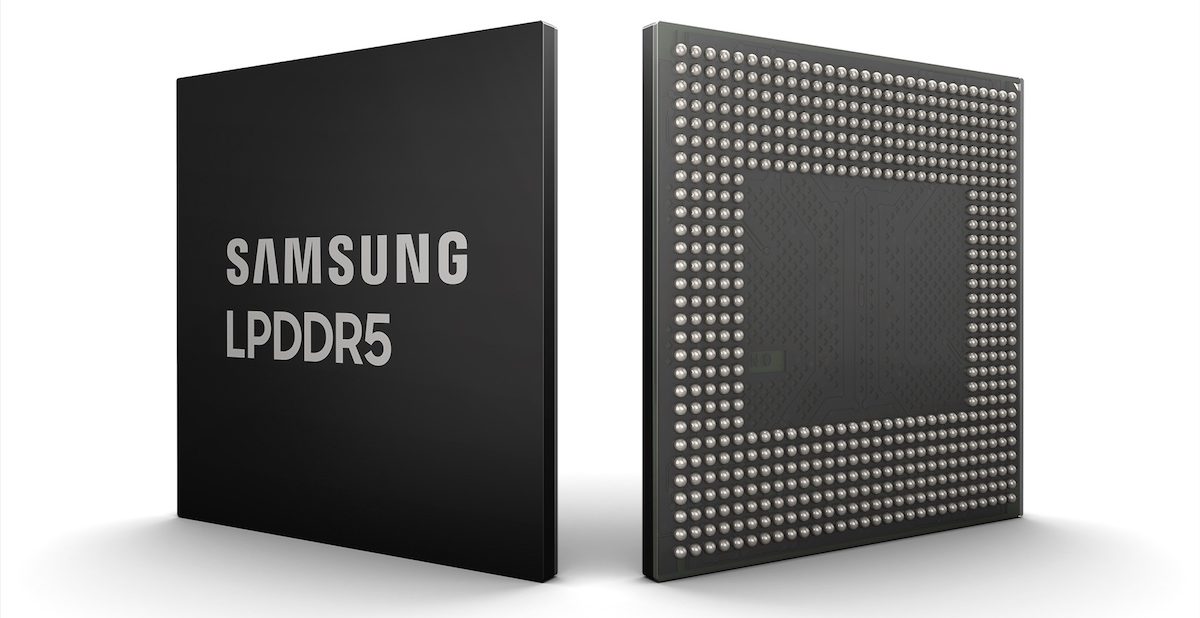Performance-wise, LPDDR5 RAM has double the performance data rate at 6400MT/s versus LPDDR4’s 3200MT/s. It also comes with a redesigned 16Banks programmable architecture and multi-clocking architecture. More importantly, the new memory format introduces a more efficient power consumption thanks to two new features, Data-Copy and Write-X. Data-Copy basically allows data transfers to be conducted via a single I/O pin instead of multiple I/O pins, while Write-X command-based operation allows devices to transmit the ones and zeros to a specific address. Instead of having an SoC (System on Chip) send data directly to devices fitted with LPDDR5. Lastly, LPDDR5 introduces the support of Link Error Correcting Code (ECC) on the interface between the SoC and DRAM. From what we can gather, this feature is actually automotive-specific. Making the new memory format a new option for most “automobile applications”. It is worth noting that prior to this, Samsung had actually announced the existence of its own LPDDR5 memory back in July last year. Back then, Samsung mentioned that it had not gone into volume production. However, with the official announcement of LPDDR5, it’s very possible that we could see the new memory format gracing future smart devices as early as this year. (Source: JEDEC, Business Wire)

